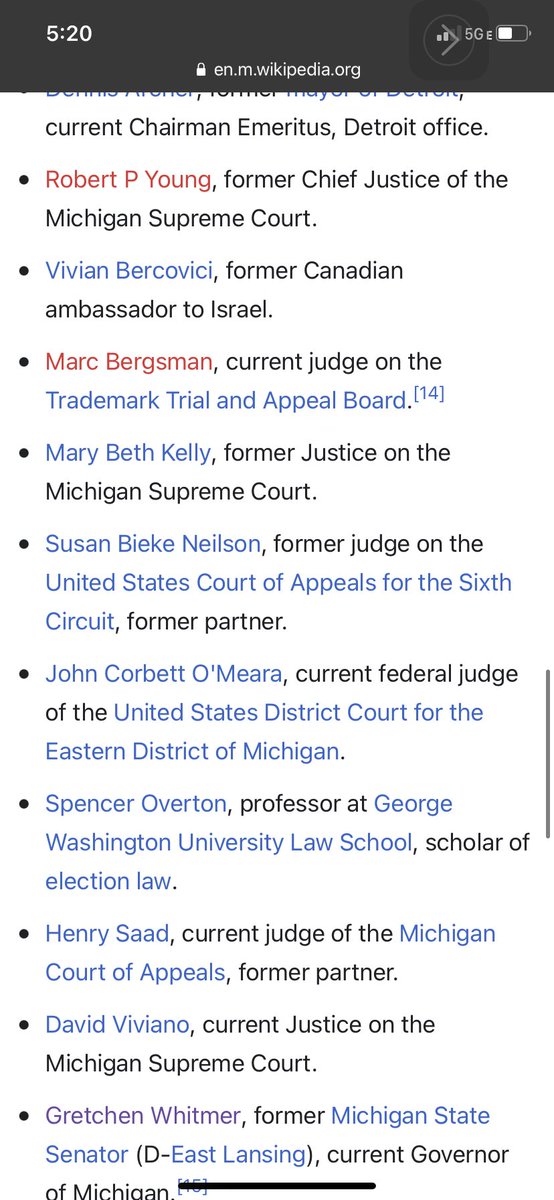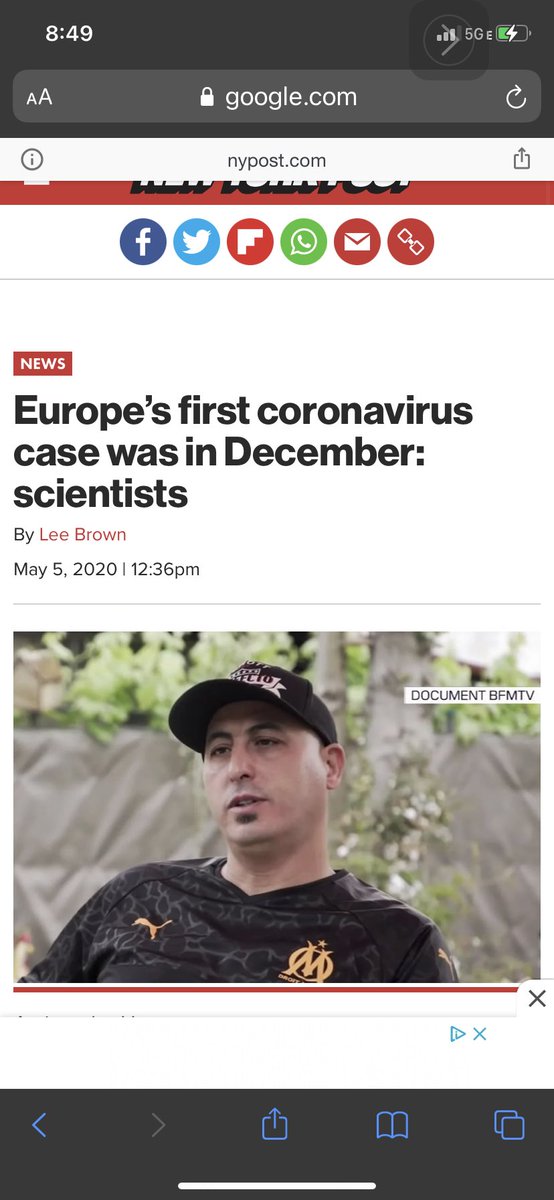
Thomas H. McKittrick - Wikipedia
From 1946 to 1954 McKittrick worked for the Chase National Bank, becoming a senior vice president and director. He headed a survey mission for the International Bank for Reconstruction and Development to India in the 1950s en.wikipedia.org/wiki/Thomas_H.…
From 1946 to 1954 McKittrick worked for the Chase National Bank, becoming a senior vice president and director. He headed a survey mission for the International Bank for Reconstruction and Development to India in the 1950s en.wikipedia.org/wiki/Thomas_H.…
He died on January 21, 1970 in Newton, New Jersey. However, its most significant acquisition was that of the Equitable Trust Company of New York in 1930, the largest stockholder of which was John D. Rockefeller, Jr.[13] This made Chase the largest bank in America and indeed, in
the world.
Chase was primarily a wholesale bank, dealing with other prominent financial institutions and major corporate clients, such as General Electric,[14]:450 which had, through its RCA subsidiary, leased prominent space and become a crucial first tenant of
Chase was primarily a wholesale bank, dealing with other prominent financial institutions and major corporate clients, such as General Electric,[14]:450 which had, through its RCA subsidiary, leased prominent space and become a crucial first tenant of
Rockefeller Center, rescuing that major project in 1930. The bank is also closely associated with and has financed the oil industry, having longstanding connections with its board of directors to the successor companies of Standard Oil, especially ExxonMobil, which are also
Rockefeller holdings. Under McCloy's successor, George Champion, the bank relinquished its antiquated 1799 state charter for a modern one. In 1969, under the leadership of David Rockefeller, the bank became part of a bank holding company, the Chase Manhattan Corporation.
In December 2000, the combined Chase Manhattan completed the acquisition of J.P. Morgan & Co. in one of the largest banking mergers to date. The combined company was renamed JPMorgan Chase. In 2004, the bank acquired Bank One, making Chase the largest credit card issuer in the
United States. JPMorgan Chase added Bear Stearns and Washington Mutual to its acquisitions in 2008 and 2009 respectively. In 2004, JPMorgan Chase merged with Chicago-based Bank One Corp., bringing on board its current chairman and CEO Jamie Dimon as president and COO and
designating him as CEO William B. Harrison, Jr.'s successor. Bank One Corporation was formed upon the 1998 merger between Banc One of Columbus, Ohio and First Chicago NBD. In 1998, Banc One Corporation merged with Chicago-based First Chicago NBD -the result of the 1995 merger of
First Chicago Corp. and NBD Bancorp, two large banking companies who had themselves been created through the merger of many banks[119][120])- to form Bank One Corporation, and moved its headquarters from Columbus to Chicago.[121] Adverse financial results led to the departure of
CEO John B. McCoy, whose father and grandfather had headed Banc One and predecessors. Jamie Dimon, a former key executive of Citigroup, was brought in to head the company.
NBD was founded in 1933 in Detroit in the midst of widespread bank failures during the Great Depression.
NBD was founded in 1933 in Detroit in the midst of widespread bank failures during the Great Depression.
Spurred by the Reconstruction Finance Corporation (RFC) to help stabilize the nation's banking system, NBD's shares were initially equally owned by General Motors (GM) and by the U.S. government under the RFC. The bank opened for business on March 24, 1933.[1][2][3] Charles
T. Fisher Jr., of the automobile body manufacturing family became a Director and the President in 1938, serving until his death in 1958. By 1945, GM had divested its ownership of bank stock,[4][5] and by 1947 RFC had ended its involvement in the bank as well. Guardian asked the
Reconstruction Finance Corp. for a $50 million loan. But federal auditors denied them, saying the bank had inadequate collateral.
The RFC did offer to lend Guardian $37 million if the bank's largest depositors - the automakers - would put up the other $13 million it needed.
The RFC did offer to lend Guardian $37 million if the bank's largest depositors - the automakers - would put up the other $13 million it needed.
Woodford reports that General Motors and Chrysler agreed, but Henry Ford wouldn't go along.
Henry Ford offered to bail Guardian out himself, Woodford wrote, but that time another source of funds fell through That month, General Motors Corp., with help from the Reconstruction
Henry Ford offered to bail Guardian out himself, Woodford wrote, but that time another source of funds fell through That month, General Motors Corp., with help from the Reconstruction
Finance Authority, organized the National Bank of Detroit to replace the collapsed First National Bank-Detroit. Ninety-one percent of all Army helmets were stamped in Detroit. Chrysler’s Detroit Arsenal Tank plant in Warren, Michigan created half the tanks made in the U.S. By the
summer of 1944, Ford’s Willow Run plant completed one B-24 bomber every hour. General Motors was responsible for the greatest percentage of war materiel during the period. U.S. companies produced 2,665,196 vehicles of all types for military use by the end of the war.
If it had
If it had
wheels, Detroit industrialists were in charge of manufacturing it. The Guardian Building was transformed into an annex of the Pentagon. Many corporate officers became high-ranking Army officers in order to skirt bureaucratic red tape. In all, Detroit firms, with facilities across
the country, produced 25 percent of everything used by our allies. The wartime conversion of Detroit and the region’s multiple industries solidified the city’s status as the “Arsenal of Democracy.” Walter Reuther of the UAW is quoted as saying, "Like England's battles were won
on the playing fields of Eton, America's were won on the assembly lines of Detroit.”In 1934, he established the philanthropic, nonprofit Alfred P. Sloan Foundation. GM under Sloan became famous for managing diverse operations with financial statistics such as return on
investment; these measures were introduced to GM by Donaldson Brown, a protege of GM vice-president John J. Raskob. Raskob came to GM as an advisor to Pierre S. du Pont and the du Pont corporation; the latter was a principal investor in GM whose executives largely ran GM in the
1920s. The name comes from the DuPont company that began using this formula in the 1920s. DuPont explosives salesman Donaldson Brown invented the formula in an internal efficiency report in 1912.[ 

In 2006, General Motors sold a 51% interest in GMAC to Cerberus Capital Management, a private equity firm. Also that year, GMAC sold a controlling interest of GMAC Commercial Holdings (its real estate division renamed Capmark) to Goldman Sachs, Kohlberg Kravis Roberts, and Five
Mile Capital Partners.[10] GMAC Real Estate was sold to Brookfield Asset Management. In 2009, Capmark filed for bankruptcy and its North American loan origination and servicing business was acquired by Berkadia, a joint venture of Leucadia National and Berkshire Hathaway.[11]
On
On
December 24, 2008, the Federal Reserve accepted the company's application to become a bank holding company.
Dickinson Wright was founded in 1878 by two young lawyers, Henry Munroe Campbell and Henry Russel.[3]
Members of the firm were involved in drafting the state of Michigan's two constitutions in 1908 and 1963. After President Franklin Delano Roosevelt closed banks nationwide
Members of the firm were involved in drafting the state of Michigan's two constitutions in 1908 and 1963. After President Franklin Delano Roosevelt closed banks nationwide
during the banking crisis of 1933, the firm helped organize the new federally-funded National Bank of Detroit (now JPMorgan Chase & Co.) that helped stabilize the state’s banking system and end a 36-day bank holiday.[4]
Her father was head of the state department of commerce under Governor William Milliken and was the president and CEO of Blue Cross Blue Shield of Michigan between 1988 and 2006. 

• • •
Missing some Tweet in this thread? You can try to
force a refresh















